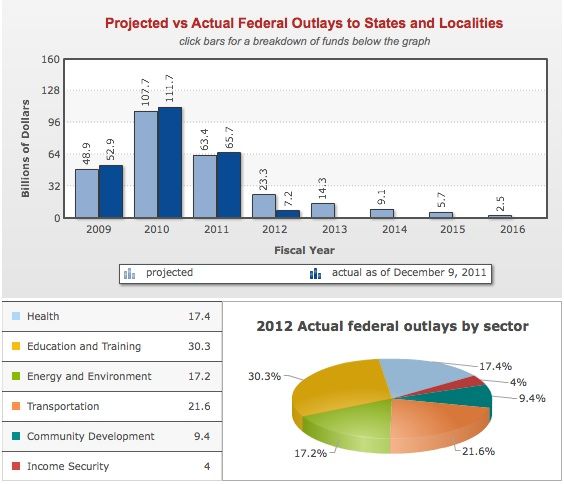
The Weatherization Assistance Program – which emerged as a major administrative challenge and political target after its budget vastly expanded under the federal stimulus bill – turns out to be meeting expectations.
That is to say, the expanded WAP has in fact been difficult to implement and slow to get rolling, and its administrative weaknesses, including instances of mismanagement on the local level, have been exposed. However, the program also has met its goals for boosting employment and for weatherizing homes occupied by low-income citizens. In fact, U.S. Energy Secretary Steven Chu announced this month that the WAP, which is run by the Department of Energy, had completed weatherization of 600,000 homes a full three months ahead of the DOE’s March 31, 2012, deadline.
Along the way, the expanded WAP, whose $5 billion allotment was a 0.6% sliver of the approximately $787 billion stimulus bill (including tax credits), became a favorite target of small-government conservatives, who cited the program as a prime example of government waste and fraud. But a recent U.S. Government Accountability Office assessment of DOE’s WAP stewardship and the expanded program’s results paints, in considerably drier and more accurate terms than those deployed by its political detractors, a much more positive overall picture, while also noting that there is always room for improvement.
WAP bang for the stimulus buck
The GAO report explains, for example, that as of September, the 58 state-level WAP grant recipients had been awarded $4.75 billion, had spent about 73% of that, or $3.46 billion, and were indeed on track to weatherize more than 600,000 homes by March 31. Some recipients exceeded their production targets because average project costs and training expenses in their areas allowed them to weatherize more homes than expected with their grant money.
A few recipients have requested a two-year extension, beyond the March 31 deadline, to spend their stimulus grants, although the GAO report, released December 16, noted that the requests had not yet been addressed by Secretary Chu. The GAO pointed out, however, that the Office of Management and Budget issued a memorandum in September declaring that stimulus funds should be spent by September 2013.
One of the most encouraging findings highlighted in the GAO press release is that, according to estimates from an Oak Ridge National Laboratory study, energy savings from WAP likely will exceed the program’s costs, with every $1 spent by WAP from 2009 through 2011 yielding $2 over the life of the upgrade.
The GAO also says that the quality of FTE [full-time equivalent] jobs data reported by program grantees improved as the expanded rolled out. Although FTEs have been declining, as expected, since the quarter ended December 2010 as weatherization projects were completed, the stimulus still had funded about 14,090 FTEs during the third quarter of 2011.
Fine Homebuilding Recommended Products
Fine Homebuilding receives a commission for items purchased through links on this site, including Amazon Associates and other affiliate advertising programs.

Handy Heat Gun

Reliable Crimp Connectors

8067 All-Weather Flashing Tape

A GAO analysis of data from the Congressional Budget Office, Recovery.gov, and other sources shows that actual outlays for the energy-and-environment sector, which includes spending on the Weatherization Assistance Program, will account for 17.2% of overall federal spending in 2012. The sector received about 11.5% of all federal outlays in 2011 and about 9.1% in 2010.



























View Comments
Its good to see that this program has worked. What isn't good to see is all the politics that as been beating it up. It really is common sense that weatherization works.